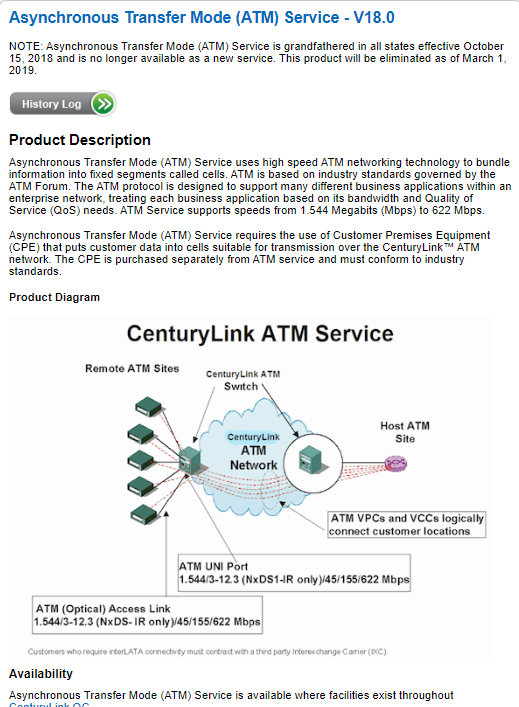
Asynchronous Transfer Mode (ATM) was once seen as a promising Layer 2 networking technology due to its ability to handle a variety of traffic types (voice, video, and data) with high efficiency and quality of service (QoS) performance guarantees. I spent several years working with and then teaching ATM courses to my fellow telecom engineers. There were high hopes for ATM being a successful Layer 2 technology, and many systems in the mid 1990’s used ATM switching fabrics.
However, ATM ultimately failed to become the dominant networking technology for several reasons:
- Complexity and Cost:
- Implementation Complexity: ATM is based on cell-switching and requires complex hardware and software to implement. This made the technology more difficult and expensive to deploy compared to simpler alternatives.
- Operational Cost: Maintaining and operating ATM networks proved to be costly. The specialized equipment required for ATM was more expensive than that for simpler technologies like Ethernet.
- Competition from Ethernet:
- Advances in Ethernet: Ethernet, originally designed for local area networks (LANs), evolved to support higher speeds and better QoS. The development of Fast Ethernet, Gigabit Ethernet, and later, 10 Gigabit Ethernet, offered a highly cost-effective and simpler alternative to ATM.
- Broad Adoption: Ethernet had a large installed base and was widely adopted across various industries. Its simplicity, scalability, and cost advantages made it the preferred choice for many network deployments.
- IP and MPLS Dominance:
- IP Protocol: The Internet Protocol (IP) became the standard for network communication, driven by the explosive growth of the Internet. IP’s flexibility and widespread adoption overshadowed the more specialized ATM.
- MPLS Technology: Multi-Protocol Label Switching (MPLS) emerged as a technology that could provide similar QoS guarantees as ATM but with greater flexibility and integration with IP networks. MPLS gained traction in service provider networks, further diminishing the need for ATM. I figured this one out in 1997, and jumped fully onto the MPLS bandwagon immediately. MPLS blew ATM off the map and continues to run core networking technologies even to this day (2024).
- Scalability Issues:
- Cell Overhead: ATM uses fixed-size cells (53 bytes), which introduces overhead and can be inefficient for certain types of data. As network speeds and data volumes increased, this inefficiency became more pronounced.
- Scalability Limitations: In the end, ATM was not as scalable as IP-based networks, which could more easily accommodate the rapid growth in network size and traffic volume.
- Market Dynamics:
- Vendor Support: As the market shifted towards Ethernet and IP-based technologies, vendors reduced and eliminated their support for ATM. This led to fewer advancements and innovations in ATM technology.
- Customer Preference: Network operators and enterprises preferred technologies that were easier to deploy, manage, and scale. This preference further reduced the demand for ATM.
You could also say many of the same reasons as the cause of Frame Relay’s eventual demise, particularly technology like MPLS and even L2 VPN’s, scalability, and such. Another reason that Frame Relay went away is because of the development of IP VPN technologies.
Overall, while the design of ATM had some notable technical advantages that even today have been unmatched, its complexity, cost, and competition from simpler and more scalable technologies led to its decline in the networking market and eventual demise.

